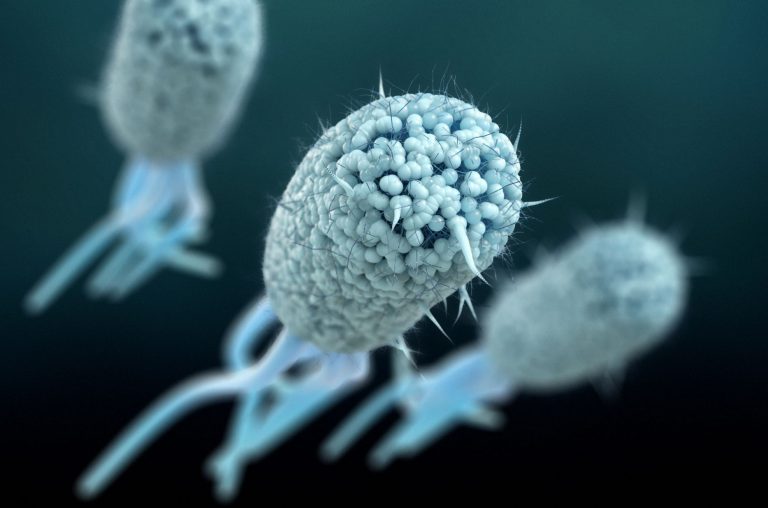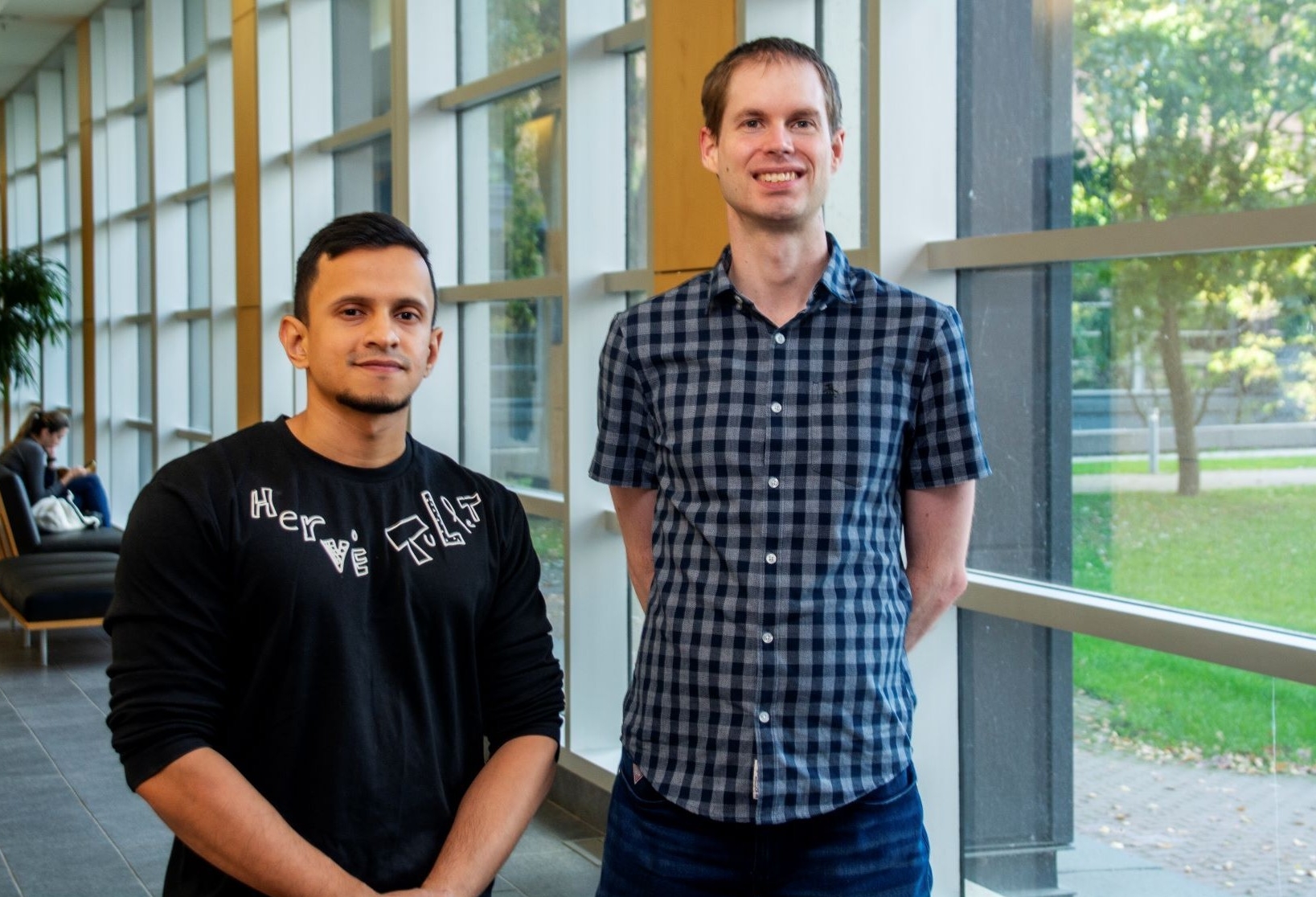Antibiotic resistance can impair subsequent adaptations in bacteria, new Concordia research suggests

Researchers at Concordia’s Department of Biology and Department of Chemistry and Biochemistry have discovered a possible new avenue of treatment that can help slow antibiotic resistance in bacteria.
PhD candidate Farhan Chowdhury and associate professor Brandon Findlay recently shared the results of their research in a recent paper published in the journal ACS Infectious Diseases. The researchers describe how a strain of the bacteria E. coli is left severely weakened after it has developed resistance to the antibiotic chloramphenicol (CHL). This weakness leaves the bacteria unable to adapt to other types of antibiotics.
Understanding the ways in which resistance impairments evolve can help clinicians better target pathogens in patients.
“Instead of relying on antibiotic cocktails, we can have an alternative where sequential antibiotic therapies are applied,” Chowdhury explains.
“Clinicians can select the sequence of medication by seeing if a first antibiotic imposes deficits on the bacteria, which would slow down the evolution of resistance in the subsequent ones. This can lead to better therapies and give patients more time to recover before resistance evolves.”
According to Chowdhury, antibiotic resistance in bacteria is already reaching crisis levels worldwide. In 2019, it was responsible for an estimated 1.2 million premature deaths. By 2050, it could lead to over 10 million deaths and $1 trillion in losses every year.
 Farhan Chowdhury (left) and Brandon Findlay; “Instead of relying on antibiotic cocktails, we can have an alternative where sequential antibiotic therapies are applied. This can lead to better therapies and give patients more time to recover before resistance evolves.”
Farhan Chowdhury (left) and Brandon Findlay; “Instead of relying on antibiotic cocktails, we can have an alternative where sequential antibiotic therapies are applied. This can lead to better therapies and give patients more time to recover before resistance evolves.”
Monitoring growth in different conditions
The researchers conducted their experiments using a platform developed at the Findlay Lab called soft-agar gradient evolution (SAGE). The platform acts as a kind of bed for the bacteria to grow in over seven days. The inoculated E. coli is introduced to a series of soft-agar media supplemented with different levels of CHL and left alone to incubate. After seven days, the bacteria’s growth is examined. Using a minimum inhibitory concentration assay, the researchers can then verify the bacteria’s resistance to the antibiotic.
“We were able to literally see the bacteria as they grow through the plates, and it is very easy to see when they are having trouble. That gives us an understanding of what is happening in the plate,” Findlay says.
The experiments were then replicated using two other kinds of antibiotics: nitrofurantoin and streptomycin. The researchers also utilized a wild-type — that is, non-CHL resistant — strain of E. coli and CHL-resistant mutants that were fitter than the original resistant strain. Genome sequencing revealed the evolutionary trajectories of each sample.
The researchers say that, due to the large sample size, they are confident that the high fitness cost of developing resistance to CHL in their first E. coli strain left the bacteria unable to evolve defences against nitrofurantoin and streptomycin. The researchers also found that the same applied when used in some other antibiotics as well.
“This work is relevant because we are studying the effective fitness impairments that come from resistance evolution,” Findlay says.
“In principle, any bacteria that develops resistance to an antibiotic at the cost of its fitness would behave similarly to what we are seeing.”
The researchers note that much more work is required before these principles can be applied to clinical therapy. However, notes Chowdhury, the results are promising.
“We are trying to suggest that there is a better way of choosing which drugs to use in sequential therapy other than simply relying on susceptibility data. Perhaps treatments can be altered so that there is a better chance at slowing down the rate at which resistance evolves, which would give us a better chance at improved therapy outcome.”
Read the cited paper: “Fitness Costs of Antibiotic Resistance Impede the Evolution of Resistance to Other Antibiotics” (English only, PDF available upon request)




